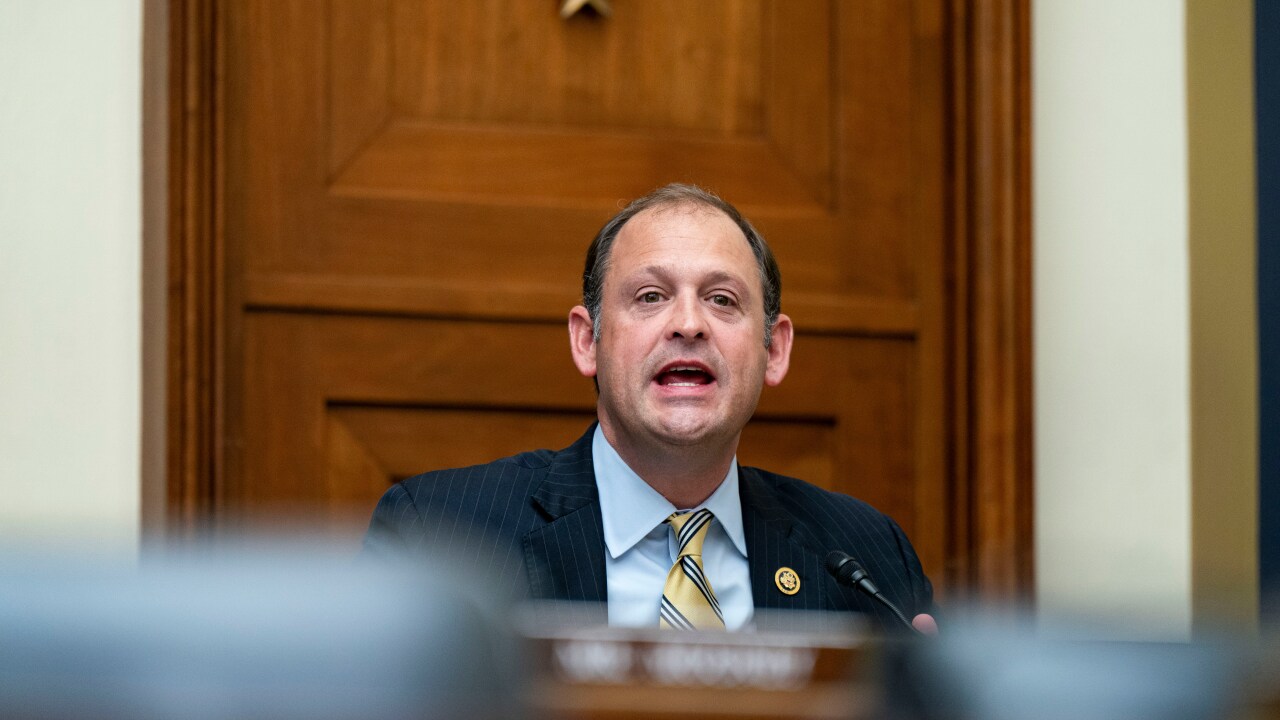SAN FRANCISCO — California will borrow up to $1 billion before March as part of a plan to avoid running out of cash, according to the state officials.
The state has planned a supplemental revenue anticipation note sale to close some of the cash gap as part of a plan that will include internal borrowing and payment deferrals.
Tom Dresslar, spokesman for Treasurer Bill Lockyer, said the Ran sale would be a private placement. He said it’s too early to know the timing or the exact size of the borrowing.
The new note sale would be paid off after June 26 but before the end of the fiscal year so that the $5.4 billion in Rans California sold in September would be repaid before the new deal, according to Dresslar.
State Controller John Chiang said in a letter to lawmakers Tuesday that the government will run out of cash for seven weeks starting Feb. 29 unless the Legislature adopts $3.3 billion of short-term measures to buffer its cash flow.
“I believe the upcoming shortfall can be effectively managed without resorting to IOUs, tax refund delays and other drastic measures,” Chiang said. “More cash solutions may be required if our revenues continue to erode or if disbursements significantly exceed estimates.”
He said the shortfall is mainly due to a combined gap between revenues and spending estimates of $5.2 billion since the start of the year.
The controller’s letter was sent in support of SB 95, which passed out of the Assembly Budget Committee on Tuesday. It would corral $865 million from several sources to ramp up the state’s cash flow.
The controller’s office, the Department of Finance and Lockyer’s office have created a blueprint to handle the cash shortfall by delaying payments, external borrowing, and using funds authorized through the proposed bill.
Chiang said limiting the size of the state’s revenue anticipation note sale in the fall to “a level unseen since 2006, in an attempt to lower borrowing costs by tens of millions of dollars” has contributed to the cash-flow gap.
In September, the state sold $5.4 billion of the notes to pay off a bridge loan of the same amount it received from eight banks. The treasurer did the loan in an effort to avoid potential chaos resulting from the debt ceiling stalemate in Washington.
In 2010, California took a $6.7 billion bridge loan to give the state time to prepare a public Ran sale after the state budget was adopted 100 days into the fiscal year. The state repaid the loan from six financial institutions after it sold $10 billion of notes that fall.
Chiang issued $2 billion of IOUs in 2009 to lower-priority creditors to preserve cash for creditors with higher legal standing, such as bondholders. The IOUs were ultimately redeemed.





